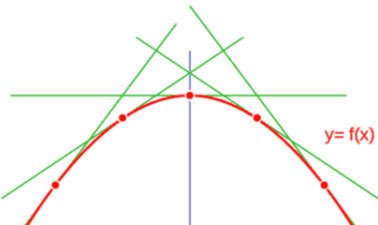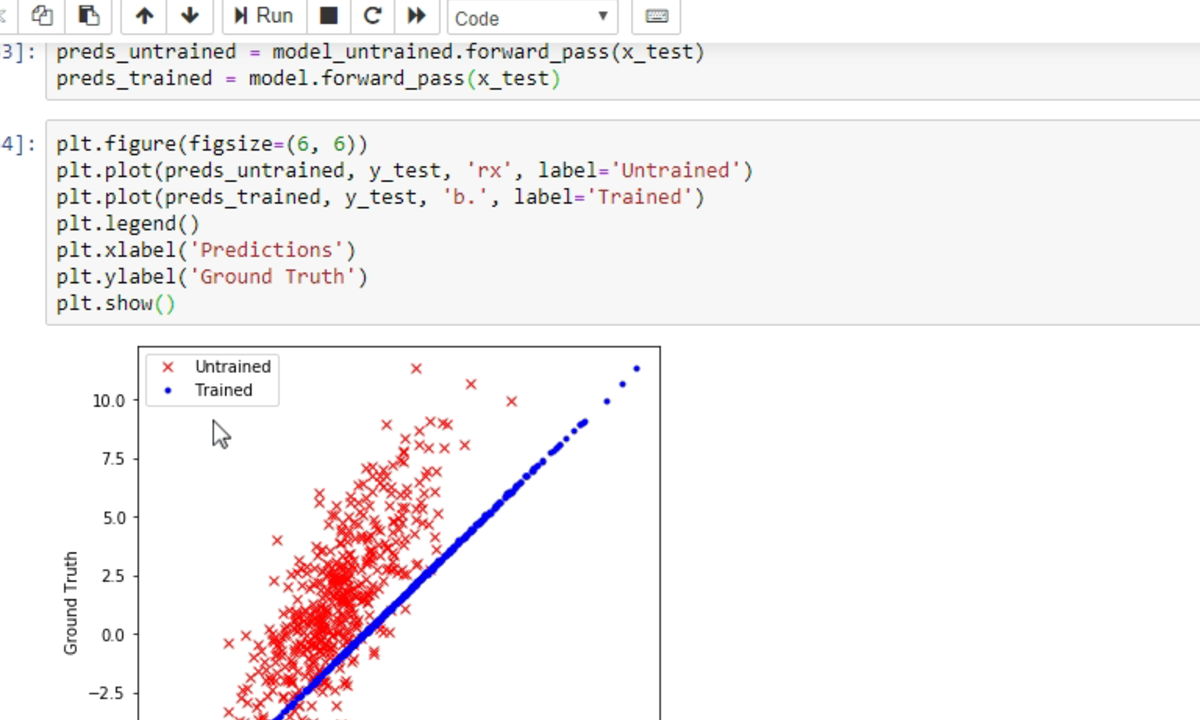
Description
We will begin by viewing fractals as self-similar geometric objects such as trees, ferns, clouds, mountain ranges, and river basins. Fractals are scale-free, in the sense that there is not a typical length or time scale that captures their features. A tree, for example, is made up of branches, off of which are smaller branches, off of which are smaller branches, and so on. Fractals thus look similar, regardless of the scale at which they are viewed. Fractals are often characterized by their dimension. You will learn what it means to say that an object is 1.6 dimensional and how to calculate the dimension for different types of fractals.
In addition to physical objects, fractals are used to describe distributions resulting from processes that unfold in space and/or time. Earthquake severity, the frequency of words in texts, the sizes of cities, and the number of links to websites are all examples of quantities described by fractal distributions of this sort, known as power laws. Phenomena described by such distributions are said to scale or exhibit scaling, because there is a statistical relationship that is constant across scales.
We will look at power laws in some detail and will give an overview of modern statistical techniques for calculating power law exponents. We will also look more generally at fat-tailed distributions, a class of distributions of which power laws are a subset. Next we will turn our attention to learning about some of the many processes that can generate fractals. Finally, we will critically examine some recent applications of fractals and scaling in natural and social systems, including metabolic scaling and urban scaling. These are, arguably, among the most successful and surprising areas of application of fractals and scaling. They are also areas of current scientific activity and debate.
This course is intended for anyone who is interested in an overview of how ideas from fractals and scaling are used to study complex systems. The course will make use of basic algebra, but potentially difficult topics will be reviewed, and help is available in the course discussion form. There will be optional units for more mathematically advanced students and pointers to additional resources for those who want to dig deeper.
Tags
Syllabus
1. Introduction to fractals. Self-similarity dimension. Review of logarithams and exponents.
2. Box-counting dimension. Further examples of fractals. Stochastic fractals.
3. Power laws and their relation to fractals. Rank-frequency plots. How to estimate power law exponents.
4. Empirical examples of power laws. Other long-tailed distributions: log normals and stretched exponentials. Implications of long tails.
5. Mechanism for generating power laws. Rich-get-richer phenomena. Phase transitions. Other mechanisms.
6. Metabolic scaling. West-Brown-Enquist scaling theory.
7. Urban scaling.

-
TypeOnline Courses
-
ProviderComplexity Explorer
We will begin by viewing fractals as self-similar geometric objects such as trees, ferns, clouds, mountain ranges, and river basins. Fractals are scale-free, in the sense that there is not a typical length or time scale that captures their features. A tree, for example, is made up of branches, off of which are smaller branches, off of which are smaller branches, and so on. Fractals thus look similar, regardless of the scale at which they are viewed. Fractals are often characterized by their dimension. You will learn what it means to say that an object is 1.6 dimensional and how to calculate the dimension for different types of fractals.
In addition to physical objects, fractals are used to describe distributions resulting from processes that unfold in space and/or time. Earthquake severity, the frequency of words in texts, the sizes of cities, and the number of links to websites are all examples of quantities described by fractal distributions of this sort, known as power laws. Phenomena described by such distributions are said to scale or exhibit scaling, because there is a statistical relationship that is constant across scales.
We will look at power laws in some detail and will give an overview of modern statistical techniques for calculating power law exponents. We will also look more generally at fat-tailed distributions, a class of distributions of which power laws are a subset. Next we will turn our attention to learning about some of the many processes that can generate fractals. Finally, we will critically examine some recent applications of fractals and scaling in natural and social systems, including metabolic scaling and urban scaling. These are, arguably, among the most successful and surprising areas of application of fractals and scaling. They are also areas of current scientific activity and debate.
This course is intended for anyone who is interested in an overview of how ideas from fractals and scaling are used to study complex systems. The course will make use of basic algebra, but potentially difficult topics will be reviewed, and help is available in the course discussion form. There will be optional units for more mathematically advanced students and pointers to additional resources for those who want to dig deeper.
1. Introduction to fractals. Self-similarity dimension. Review of logarithams and exponents.
2. Box-counting dimension. Further examples of fractals. Stochastic fractals.
3. Power laws and their relation to fractals. Rank-frequency plots. How to estimate power law exponents.
4. Empirical examples of power laws. Other long-tailed distributions: log normals and stretched exponentials. Implications of long tails.
5. Mechanism for generating power laws. Rich-get-richer phenomena. Phase transitions. Other mechanisms.
6. Metabolic scaling. West-Brown-Enquist scaling theory.
7. Urban scaling.
Tags
Related Courses


Math Fundamentals: Derivatives

Vector and Matrix Algebra

Chaotic Dynamical System

A Primer to Mathematical Optimization

Linear Regression with Python

ORELA Mathematics: Practice & Study Guide

NYSTCE Communication & Quantitative Skills Test (080): Practice & Study Guide

FSA - Grade 8 Math: Test Prep & Practice

Ohio Assessments for Educators - Early Childhood Education (012): Practice & Study Guide

NAPLAN Year 7: Test Prep & Practice


 Online Courses
Online Courses  Complexity Explorer
Complexity Explorer
